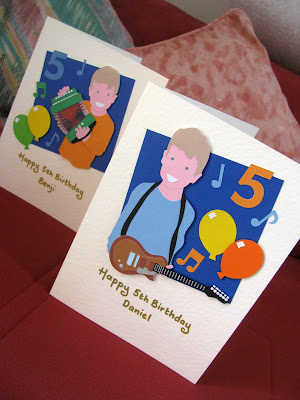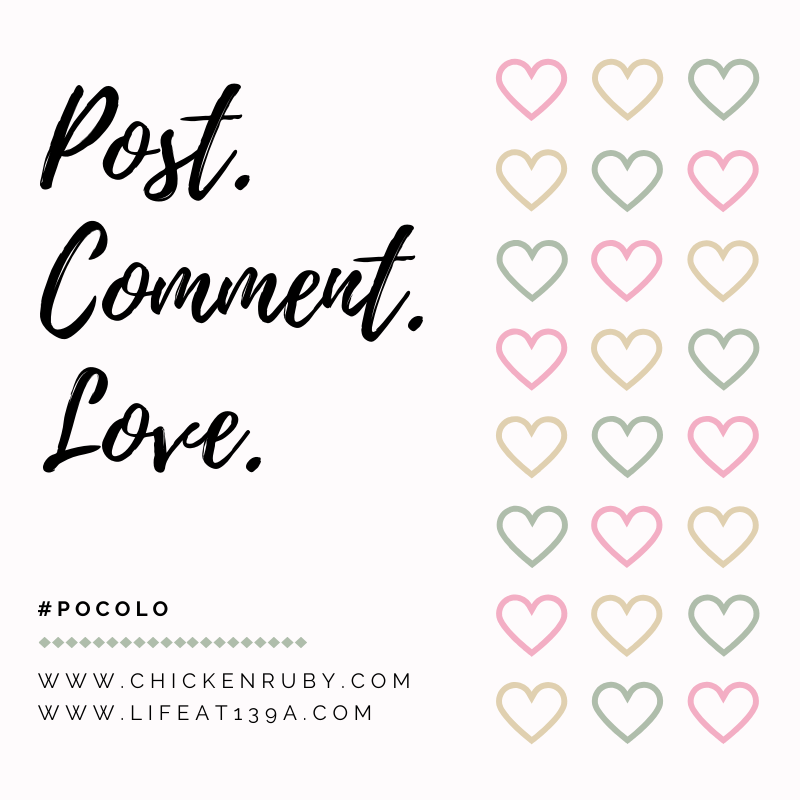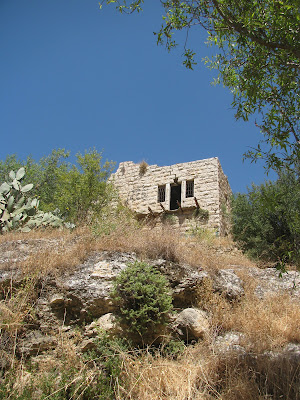Lifta was an Arab village on the outskirts of Jerusalem. In 1948, during Israel's War of Independence, it was abandoned and its inhabitants fled to East Jerusalem and the West Bank. In the 1950s Jewish families, who were new immigrants from Yemen and Kurdistan, were resettled in the village. These families were evacuated by the State of Israel in 2017 and were the last inhabitants of Lifta. In the 1980s Lifta was declared a municipal nature reserve. The numerous original dwellings, spring and agricultural terraces scattered across the steeply sloping site now serve as a reminder of an architectural and agricultural culture that was prevalent in the Middle East for thousands of years.
The abandoned Arab village has been identified with the biblical
Mei Neftoach. Mei Neftoach is mentioned in the Bible as the border between the Israelite
tribes of Judah
and Benjamin. The
spring is mentioned in the Book of Joshua as delineating the northern border of the tribe of Judah: "The outcome of the lottery for the tribe of the Children of Judah.... The border proceeded directly from the top of the mountain to the spring of Mei Neftoach and broadened to the cities of Mount Ephron." (
Joshua 15:9).
Ruins have been found at Lifta dating back to the
First Temple period (1006-506 BCE). It was inhabited in the Roman, Byzantine and Crusader periods. The remains of a courtyard home from the Crusader period can still be seen in the centre of the village, though the extensive remains visible today mostly date from the late Ottoman era. They include several olive oil presses, flour mills, a mosque and maqām (Islamic shrine).
Common Caper, צלף קוצני
In 1917 Lifta surrendered to British forces, who ruled over the land from 1917 until May 1948. The population remained all Muslim, though some villagers sold land to Jews that became the neighbourhood of
Romema. During the
1929 Palestine riots inhabitants of the village actively participated in the robberies and attacks on nearby Jewish communities.
Following the
United Nations' 29th November 1947 vote to partition Palestine, the village served as a base from which attacks were launched against the Tel Aviv-Jerusalem highway and Jewish neighbourhoods. The
Irgun and
Lehi carried out reprisal raids on a cafe in Lifta and along the fringes of the village and by early February its inhabitants had fled. However, the deserted houses of the village were left untouched, perhaps because of the difficulty of clearing the hillside and its location near the
1949 armistice line (the Green Line).
Following the war, the Jewish Agency and the State of Israel settled Jewish immigrants from Yemen and Kurdistan in the village. Ownership of the houses was not registered in their name. Living conditions in Lifta were difficult due to the buildings that were in poor repair, poor roads and transport, and lack of electricity, water and sanitation infrastructure. By 1969-71 most of the Jewish inhabitants of Lifta chose to leave and, over time, drug addicts moved into the abandoned buildings, which were then deliberately vandalised by the Israel Police to discourage squatters. Holes were drilled in the roofs of the evacuated buildings to make them less habitable. Only 13 families, who lived in the portion of the village close to Highway 1 and who didn't suffer from transportation issues, chose to remain.



Some of the buildings in the village were later used as a drug abuse rehabilitation centre, a high school and an open education school. In the 1980s Lifta was declared a nature reserve under the auspices of the Israel Nature and Parks Authority.
In 2004 plans were announced to build new housing and renovate the old stone buildings into luxury villas. Former residents and archaeologists brought a legal petition to preserve the village as a historic site. In 2012 the plans were rejected by the Jerusalem District Court. Meanwhile, some of the Jewish residents of Lifta, who were settled there by the Jewish Agency in the 1950s but never received property rights, were ordered expelled without compensation to facilitate the widening of Highway 1. After a long campaign against the eviction, they were able to prove that they were not squatters and that the state had been remiss by not offering Lifta's Jewish families an opportunity to purchase their homes.
By 2017 the last Jewish residents had left the village. In 2020 a boutique hotel opened there in a newly restored centuries-old building. The spring in the centre of the ruined village has been landscaped as a popular swimming hole turned
mikveh and the area has become a natural and rich habitat for many plants and animals, some protected and endangered. 55 out of the 450 pre-1948 stone houses are still standing.
Lifta remains the last remaining Arab village in Israel that was abandoned in 1948 to have not been either completely destroyed or re-inhabited. It has been referred to as the "Palestinian Pompeii". Due to its uniqueness and importance, in 2015 it was added to Israel's tentative list of sites to be considered for UNESCO's World Heritage List. It survives as a rare place of heritage, recreation and memory for those who wish to visit it.
As an interesting aside, when Lifta was an Arab village it was among the wealthiest communities in the Jerusalem area, and the women were known for their fine embroidery.
Thob Ghabani bridal dresses were sewn in Lifta. They were made of ghabani, a natural cotton covered with gold colour silk floral embroidery produced in
Aleppo. The sleeves were tapered and the sides, sleeves and chest panel of the dress were adorned with silk insets. The dresses were ordered by brides in Bethlehem. The married women of Lifta wore a distinctive conical
shaṭweh headdress, that was also worn in Bethlehem, Ayn Karim, Beit Jala and Beit Sahour.
































































































